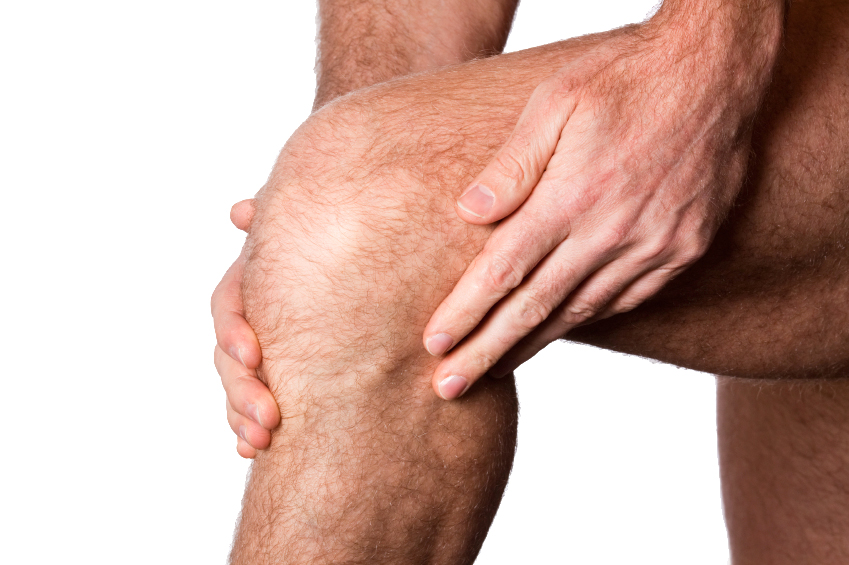
Definition
- Patellofemoral joint (PFJ) pain can occur in one or both knees and is the most common cause of knee pain. It can be acute, chronic or gradual onset or secondary to other knee disorders. The term describes the pain behind or around the kneecap (patella) resulting from the problems of the patellofemoral joint. Many factors may contribute to the development of the pain which affect the way the kneecap glides up and down the groove in the thigh bone (femur).
- Overuse and overload by repeated bending of the knee or other weight bearing activity may increase the pressure between the knee cap and thigh, irritating the under surface of the patella (cartilage) leading to wear and tear and causing pain
- Training errors and repeated weight bearing impact may be a contributing factor, particularly in running. Steps, hills and uneven surfaces tend to exacerbate pain.
- Muscle imbalance (weakness and inflexibility) or alignment problems (flat feet and knock-knees) can cause abnormal gliding of the patella causing it to track towards the outside of the thigh groove(femur).
- Typically, pain is felt under and/or around the kneecap.
- Pain worse/aggravated with weight bearing or standing after prolonged sitting. Can also be aggravated by squatting, kneeling, running, jumping, climbing or walking up/down stairs.
- Grinding/clicking noises (crepitus) may be heard during bending or straightening, catching pain causing ‘giving way’.
- Occasionally, some mild swelling may be noted around the knee.
- Pain control by relative rest from aggravating activities, anti-inflammatories and ice packs
- Modification of activity levels, avoid the motions that irritate or overload the patella. Swimming or non-impact activity is recommended if symptoms are aggravated by running.
- Strengthening of the leg muscles to take pressure off the kneecap. Specific exercises in pain free range of motion.
- Stretching of tight muscles (eg. ITB, hamstring, piriformis, calf) to decrease the stress around and under the patella and allow noral movement.
- Patella taping (McConnel’s taping) into a certain position can relieve pain. Knee braces if there is history of dislocating patella.
- Evaluation of footwear and a change of appropriate shoes, arch support or orthotics to improve lower leg biomechanics.
- Activities that increase stress on the knee joint such as deep knee bends, kneeling, kneeling directly on the kneecap(s), wearing high-heel shoes, weighted leg extensions, excessive stair or hill climbing.
- Repetitive loading of the knee
- Activities which relate to the onset of pain

